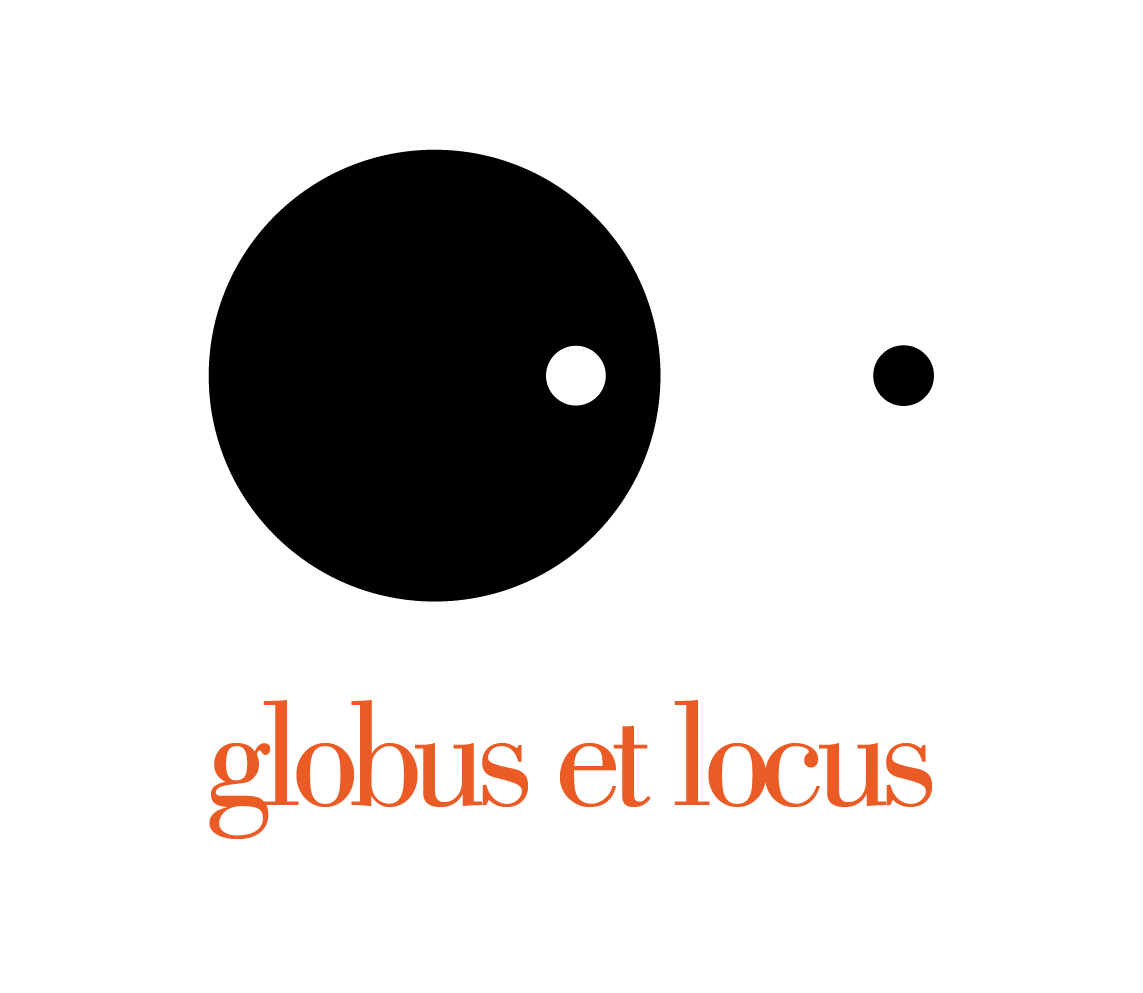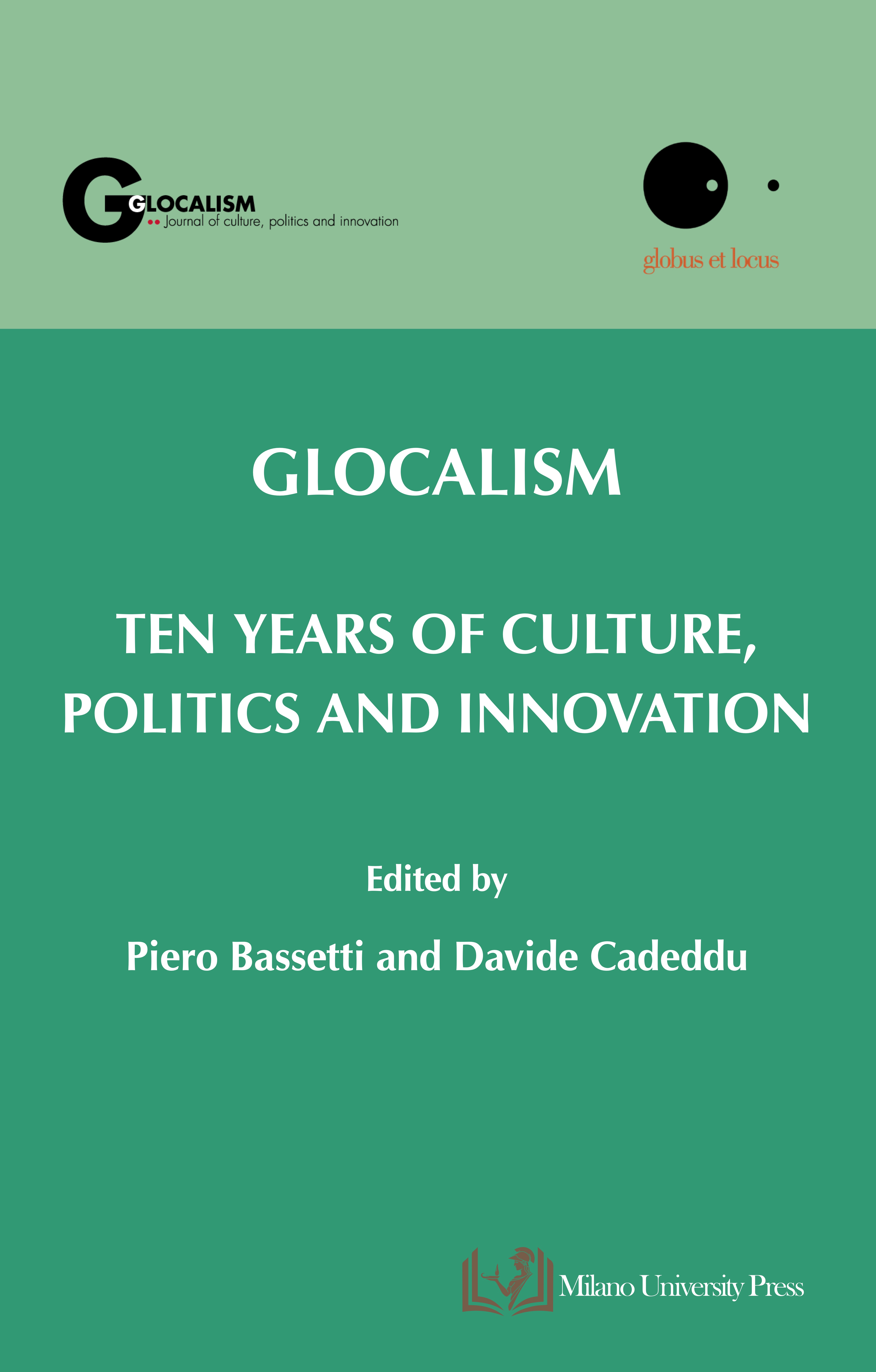Party-Movement’s Power Dynamics in Transcultural Perspectives: the AAP and the M5S between Participation and Electoral Politics
DOI:
https://doi.org/10.12893/gjcpi.2017.1.8Keywords:
Political power, participation, party-movements, Aam Aadmi Party, Movimento 5 StelleAbstract
Political parties are privileged phenomena from which to analyse and understand political power dynamics; this article focuses on a specific type: party-movements. These are considered to be particularly interesting because they have emerged from civil society, carry innovative political ideas based on participation and entail new forms of sharing political power. Looking very closely at the power dynamics within party-movements, this empirical research (based on two cases of ethnographic fieldwork conducted in India and Italy) comparatively investigates the power dynamics between local and national centres of power within the participatory approaches of the Aam Aadmi Party (AAP) and the Movimento 5 Stelle (M5S). The comparison takes place between two similar political phenomena of two culturally and geographically different political systems and provides further evidence in relation to representative democracy. In both cases, party-movements infuse a new enthusiasm into politics with the promise to redistribute power at the local level through participation. However, in order to compete with the power of other political parties within the electoral arena, party-movements need to be united political entities and de facto they relegate political participation under the primacy of party centralism. This resultantly has an impact at the local and national levels. Furthermore, the comparison of party-movements pertaining to diverse political landscapes emphasises the transcultural tendency of the power dynamics in representative systems in which participation is subdued to centralisation.
Downloads

Downloads
Published
Issue
Section
License
Copyright (c) 2023 Cristiano Gianolla

This work is licensed under a Creative Commons Attribution-ShareAlike 4.0 International License.










